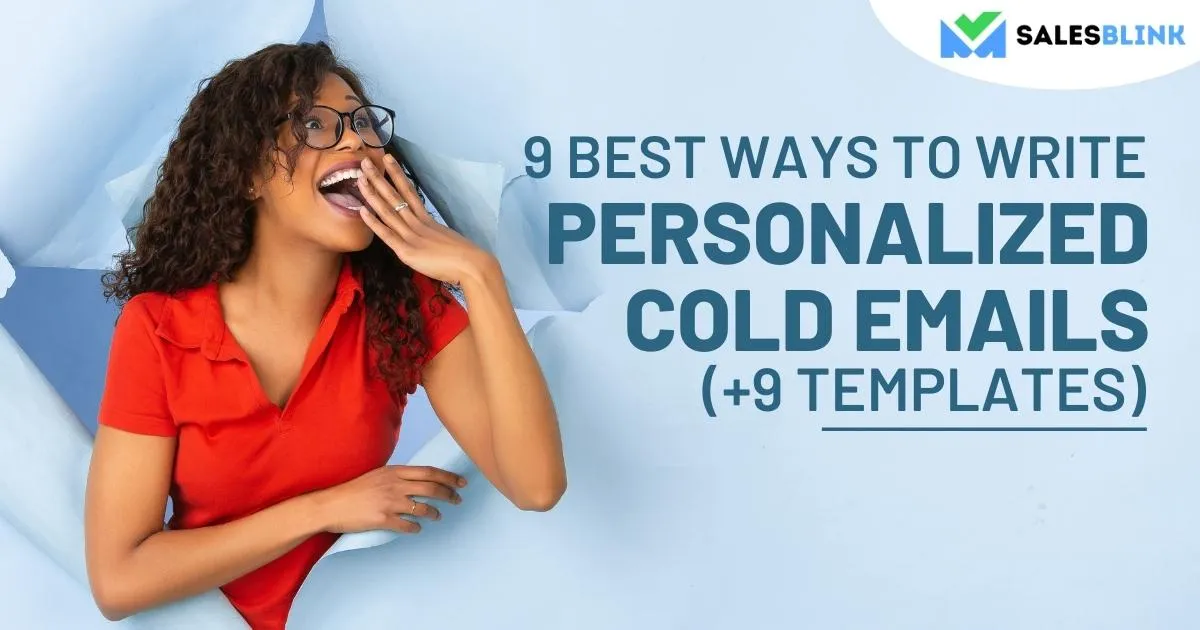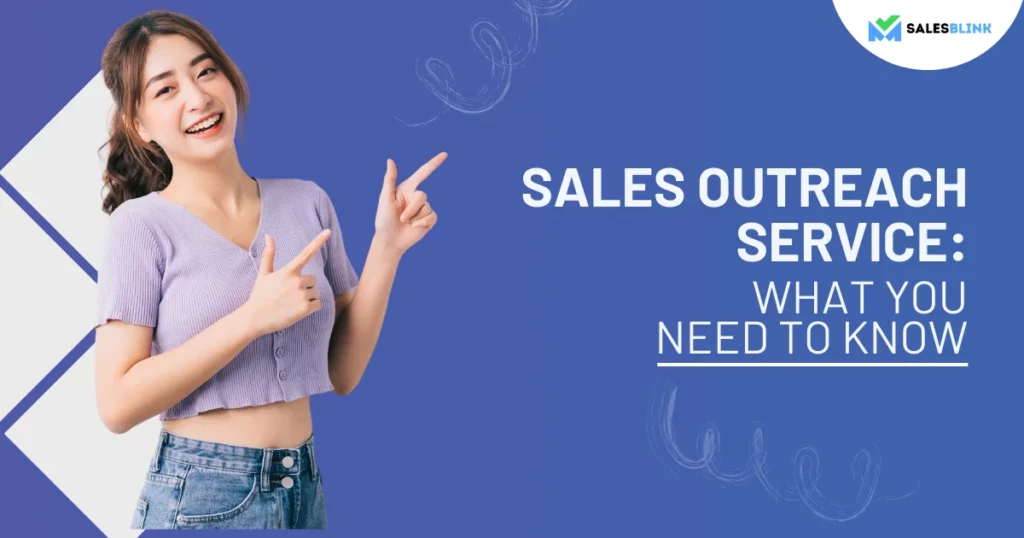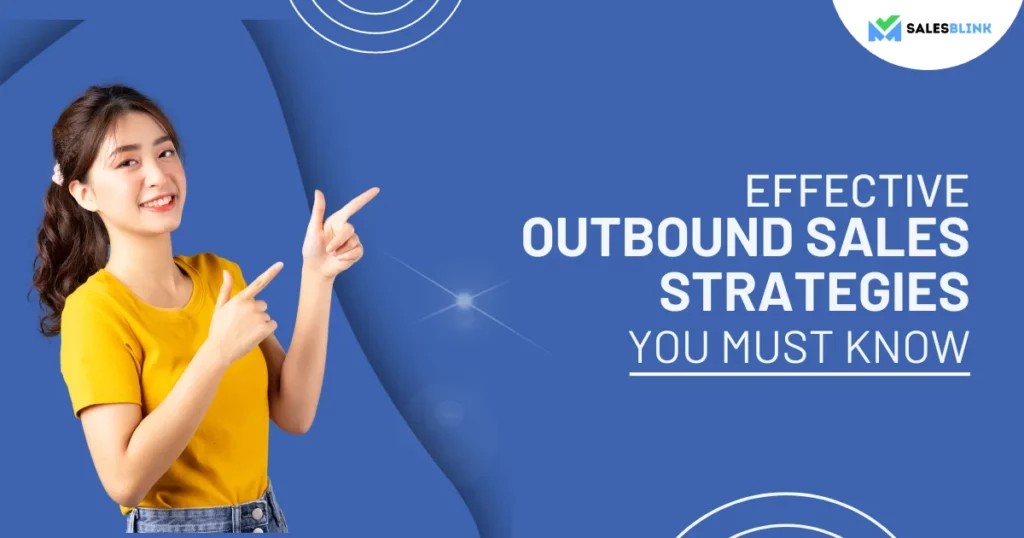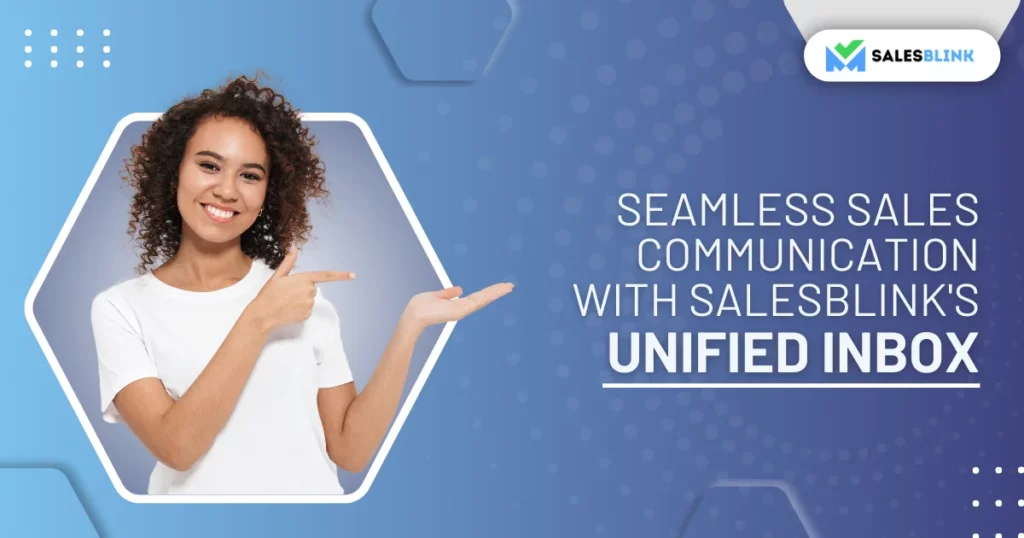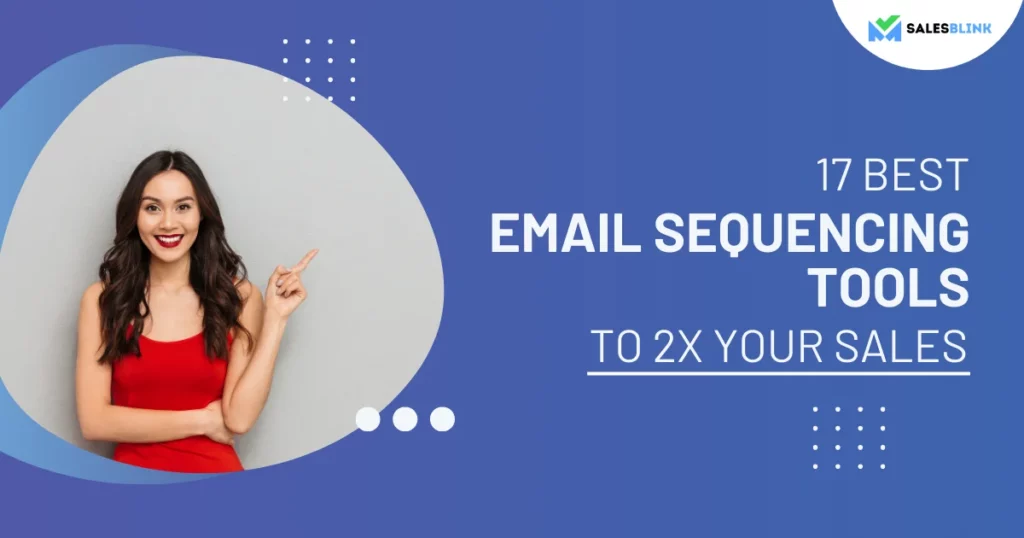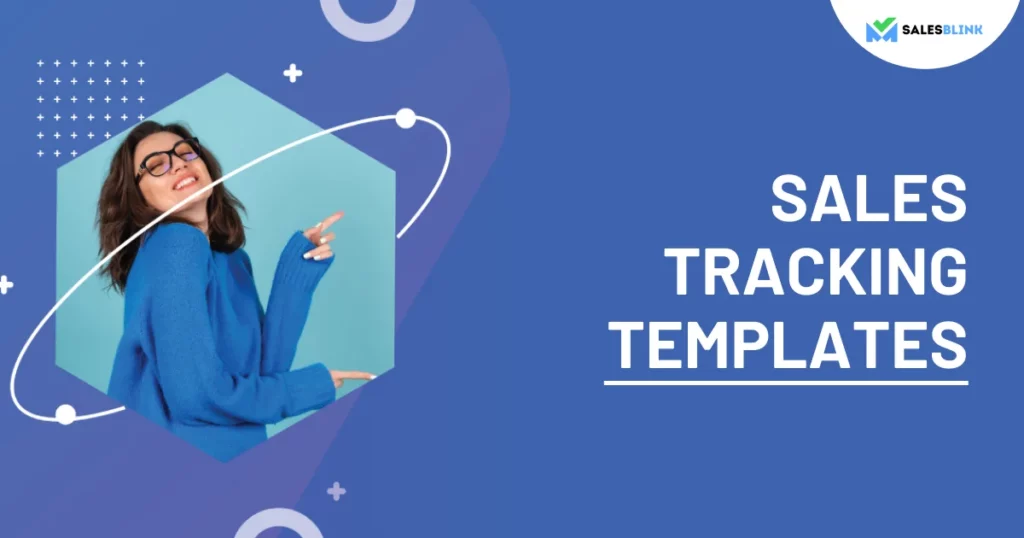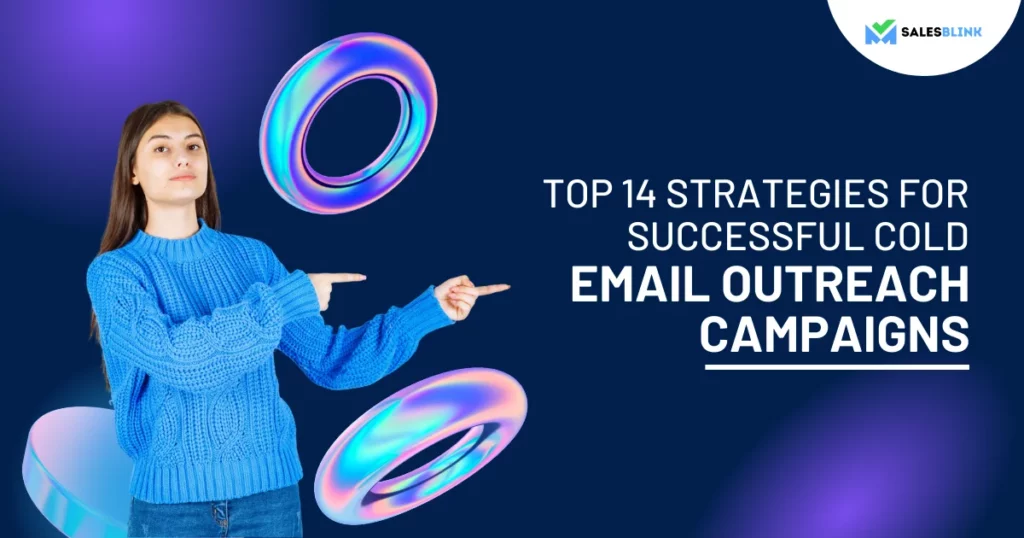9 Best Ways To Write Personalized Cold Emails (+9 Templates)
Do you know cold emailing can get you an ROI of 3800 percent i.e. $38 for every $1 invested? It certainly looks like an excellent way of acquiring new customers. However, you have to craft your emails tactfully. The worst thing you could do as a sales professional is send out similar-looking emails to everyone. It might sometimes work, but you must write personalized cold emails to achieve desirable outcomes.
Personalization will make recipients feel as though you know them already. It helps make your pitch unique enough to stand out from other messages that might come through their inboxes daily. Note that when you personalize the subject line of your email, it is possible to see a 22.2% increase in its open rate.
In this blog post, you will learn how to create personalized cold emails from scratch so that you can start getting closer connections with prospects who will become customers!
Table of Contents
- Why Should You Personalize Your Cold Emails?
- Different Levels Of Personalization
- What Level Of Personalization Should You Use In Your Cold Email?
- How To Personalize The Subject Line In Cold Emails?
- Examples Of How To Write Personalized Cold Emails
- Choose The Best Time To Send Emails
- How To Personalize Cold Emails Using SalesBlink?
- FAQs
Why Should You Personalize Your Cold Emails?
The main reason behind sending personalized cold emails is to:
a. Increase the reply rate to emails
b. Ensure higher deliverability of emails
Surveys say that you can get an edge over others when you add personalization to email and get more replies from prospects. Without personalization, the chances of the recipient opening the email are low. When a recipient feels that an email is relevant to them, they are more likely to click it open. Personalization does just that for you, and thus is mandatory for successful cold email outreach. In fact, not just for cold emailing but personalizing outreach emails is an excellent strategy for email marketing too. An email marketer should be well versed with the concept of cold email vs email marketing, and know which one to adopt for their business.
Apart from fetching you high reply rates, personalized emails have higher deliverability. This is because spam filters like variety. When you use the same email templates each time, the chances of your email hitting the inbox of prospects are fewer as the spam filter will get suspicious and hold your email. You can prevent this if you craft personalized sales emails. Thus, personalization is the solution to the common issue of email not reaching the inbox of the intended recipient.
Reply rate as well as delivery rate matter in cold emailing. If your messages don’t get delivered to the intended recipient’s inbox, there is no point in you sending the emails. The whole email campaign seems to be futile when the emails get stuck up in the spam folder.
At the same time, you would also want to get replies from prospects so that you can push things forward in the sales funnel. Prospects will want to reply to your emails only when they feel that you are someone who has done enough research before getting in touch with them. Once they think that you have a genuine interest in them, you can expect a reply.
There are different ways to create personalized cold emails, and they are the following:
1. Using the name of the prospect
2. by using buyer persona
3. Using trigger events
4. Using compliments and praises
5. Focusing on prospects’ interests
6. Using visual representation
7. By using presently used technology
8. Using mutual connection
9. Using highly specific pain points
We’ll take a closer look at each of the personalization techniques later in this post.
Different Levels Of Personalization
You may be all set to personalize your emails, but before getting started, it is better to calculate whether or not it is feasible. In a mass outreach, writing personalized emails for every prospect is not humanly possible. Just imagine how much time and effort you would have to put in to write personalized cold emails for over 100 prospects a day.
Putting the same amount of effort for each prospect is not possible. That is why it is essential to segment your prospects based on how much revenue they bring to you. You can then move on with different levels of personalization for each segment.
Following is how you can go about segmenting,
1. Small deal size – Basic personalization
The first segment includes prospects that bring the lowest revenue. Most often, the maximum number of targets falls in this segment. You can use the most basic personalization hereby only adding the first name, the name of the prospect’s company, and the industry.
2. Medium deal size – Semi-personalized
The second segment has prospects connected with medium-sized deals. You can increase the level of personalization for the email you send to them so that the response rates increase. You can increase the amount of research you do and go a little farther than just using the name in the emails. Also, add the achievements of their company and the interests you share in common with them.
3. Large deal size – Hyper-personalized
The final segment has the prospects that bring the highest amount of revenue to your business. Thus, they are the prospects you have to pay the maximum attention to, and they are often very few. To reach out to these prospects, write cold emails after carrying out in-depth research. For instance, you have to see all the challenges that the prospect’s company is facing.
What Level Of Personalization Should You Use In Your Cold Email?
Ideally, the higher the level of personalization, the better it is for you. However, you must take the feasibility into account, as mentioned above. Hyper-personalization or advanced personalization is most often the best. The reason is that such emails are not template-based. They will have personalized snippets of text. Thankfully, because of the snippets, the spam filter will spare you as your emails will not look identical. So, if you want your emails to hit the inbox of prospects, try to do more personalization.
(Note: If you try to send 50 emails that look the same, your ESP (email service provider) will block you. )
How To Personalize The Subject Line In Cold Emails?
The primary aim of an email subject line is to draw the attention of the recipient towards it. While drafting the subject line of your cold email, you have to put yourself in the prospect’s shoes and ask yourself, ‘Would I even open this email if it was there in my inbox?’ You will get your answer.
Honestly, the fate of your email depends on the introduction email subject line. If it is not catchy, the email will not be able to stand out in the crowd. You have to put in efforts to make it look unique even in a cluttered inbox.
There are many ways of capturing the attention of prospects. You can do so by creating a sense of urgency and making the prospect curious. However, the list also includes personalization. Also, adding elements of personalization is a sure-shot way of standing out in the recipient’s inbox.
The truth is that we are now immune to the generic emails people send us for promotion. That is one main reason you need to walk the extra mile and personalize the email subject line. You can bring a more personal touch by customizing the subject line.
The motive is to make it intriguing so that the prospect opens the email. It would be best if you reveal less and yet make it interesting enough.
Using the name of the prospect or the company is quite common, and you have to think of something else to stand out in the crowd. To do so, you need to carry out more research.
Personalize based on the geography by mentioning the events and activities taking place in the area where they work or reside.
You can choose to personalize based on their recent activity, such as the comments they left on Twitter posts and blogs.
Check professional networking sites like LinkedIn and social media sites like Facebook and Twitter to do your research.
Here are a few examples,
1. Looking forward to seeing you at {{event_name}}, {{first_name}}
2. {{First_name}}, check it out
3. {{First_name}}, {{painpoint}}
4. Congrats {{first_name}} for {{achievement}}
5. Your comment on {{blog_post}} was knowledgeable.
Note: {{First_name}}, {{blog_post}} are referred to as macros. When you use them in an email, these macros will get replaced with the corresponding values in the contact list’s fields. You can choose to add macros anywhere in the subject line or body of the email to personalize it.
Examples Of How To Write Personalized Cold Emails
There are different techniques for personalizing cold emails. Find personalized cold email templates as well below.
1. Using the name of the prospect to personalize
Using the name of the prospect in your old email is a fundamental and straightforward technique of personalization. However, it is pretty effective when you are sending a high volume of cold emails.
Do you know why this strategy works most of the time? When one sees their name, a chemical reaction occurs in the brain, and the person is more likely to pay attention to what you are saying. And that is what you want – the attention of the prospect! Just imagine that you are the prospect with a cluttered inbox and one email has your name in the subject line. You will naturally click it open to see what it says.
However, as a salesperson, you should not overdo it. Try not to mention the name of the prospect in every sentence, or it may become annoying. You can understand the prospect’s thoughts only when you step into their shoes and see things from their perspective.
Here’s a personalized cold email example for you,

Note: Here {{prospect_name}}, {{tool_name}} are the macros.
2. Personalizing based on buyer persona
You can choose to add personalization based on the buyer persona.
A buyer persona is the profile of a target customer that you build after carrying out research. Buyer personas help describe an ideal customer, their pain points, and how they make buying decisions. In a business, you would have more than one buyer personas. For instance, if the prospects have to ask for the approval of others before making a decision, every person involved has a different persona. They would evaluate your product or service on various criteria, and you would need different strategies to handle each of them.
First, group the prospects that have similar company size, job profile, challenges, and needs. You can then write personalized emails that each group will find relevant. This will help you send personalized emails at scale.
However, this requires some effort from your end. You have to understand the pain points of various buyer personas.
Here’s a cold email example,

Note: Here {{prospect’s name}} {{job title}} {{name of the prospect’s domain}}, {{name of your product}} are the macros
3. Use trigger events to personalize
Trigger events result in a disruption in business and are like a fresh opportunity for sales reps raring to sell their product or service. Whenever there is a trigger event in a company, sales reps reach out to that company with a personalized email built around the event. It is more like making the most of a situation in the company of the prospect.
Some examples of trigger events are the following:
A rival’s new move – A competitor’s move may make the prospect’s company want to upgrade their existing software so that they are at par with the competition.
A new hire in the top post – A new VP might want to make radical changes in the organization and make further purchases.
When you choose to personalize your email around a trigger event, you can reach out to prospects when they are most willing to purchase your product or service.
Here’s an example of an email personalized around a trigger event,

Note: Here {{name of the prospect}}, {{name of the prospect’s company}}, {{name of the tool}} are the macros
4. Using a compliment to personalize
When you want to build a relationship with your prospects, giving a compliment is a great way to do so.
According to studies, when someone compliments you, it results in a chemical reaction in the brain similar to the one that occurs when you receive money. Praising someone will make the person like you immediately and show some interest in what you want to say. People like it when you praise them. It is one personalization technique that always works. Also, a compliment would not require any investment from your end and give you outstanding results. Therefore, it is not always about spending money on building strategies; compliments work too.
So, when is the right moment to give a compliment to a prospect?
a. When they win an award or recognition in their field – It is more of a reason to get in touch with a prospect and build relationships.
b. When the prospect publishes a blog post or article that is critically acclaimed – If you find it valuable, you can certainly mention that in your email.
c. When your prospect is someone you look up to in their field – You can send an email stating how you admire them.
Here’s an example,

Note: Here {{name of the prospect}}, {{blog name}}, {{subject}}, {{name of the software}} are the macros.
5. Using prospects’ interests to personalize
It is pretty natural for people to get excited when you talk about things in which they have an interest.
When you personalize your emails by mentioning the topics the prospect has an interest in, you are more likely to get a response.
To find what the prospect is interested in, you can use social media channels. It is easy to find out what they like simply by looking at their posts and comments.
When you mention what the prospect likes, it shows that you have taken the initiative to know about them. It will leave an excellent first impression.
Here’s an example of personalizing your email around the interest of the prospect,

6. Use visual representation to personalize
Using images and videos is an excellent way of attracting prospects. You can personalize images as well. Sales outreach tools like SalesBlink let you personalize images at scale so that it looks as though you have taken the pain to create graphics just for them.
Now, why are videos and images so effective?
1. It is easy to communicate facts.
The human brain can process images faster, and it is easier to understand things.
2. It offers a human touch.
Emails don’t have the warmth that human interaction can give. To add that element, you can make use of videos and images. When prospects get to see a video of a human explaining the features of a product or service, it helps form a better connection.

7. Using new-age technology for personalizing
You can take personalization to the next level by going in-depth with your research. Find out about the software prospects are currently using. It is easy to find that out from the prospect’s website with specific tools. You will get an idea of what their current requirements are and whether the tools they use currently are similar to the solution you are offering. The chances are that you will get an opportunity to bring out your product.
Here’s an example,

Note: Here {{Name of the prospect}}, {{name of their tool}}, {{name of your tool}} are the macros.
8. Using the mutual connection to personalize
One way of getting the attention of a prospect with a cold email is by mentioning mutual contact. Just because of a mutual connection, the prospect will not look at you as an absolute stranger. The cold email suddenly becomes warm. There is more of a psychological reason for this. In short, a mutual connection is more likely to fetch you responses from prospects.
Ways to find a mutual connection
It is simple, use social media. A basic search will help you find a mutual link, and you can mention that in your cold email.
Mutual connections can have you and the prospect knowing the same person.
You both can be from the same school or college or the same city. You can be members of the same group on LinkedIn or Facebook.
Here’s an example,

Note: Here {{Name of the prospect }}, {{Your name}}, {{mutual connection}}, {{your tool}} are the macros
9. Using highly-specific pain points to personalize
There is one effective way of personalizing your emails, and that is paying attention to the challenges of the prospect’s company and offering a solution.
This type of personalization requires in-depth research, and each message has to be tailor-made. This kind of personalization is not possible in huge volumes. You can reserve this for prospects who fetch you the highest revenue.
In your email, you have to mention why you are reaching out to them and showing them that you have been taking a specific interest in their organization. Then, address the problems they face and convince them that your product would be the perfect fit. Use social proof to back your statements. Remember not to talk much about the features. Your focus has to be on the prospects and how your solution can be of help to them.
Here’s an example,

Note: Here {{Name of the prospect}}, {{your name}} are the macros.
Choose The Best Time To Send Emails
When you put in so much effort to personalize emails, you wouldn’t want that to go down the drain by sending emails at the wrong time. You must try to send your email when the recipient is most likely to open it. While there are a lot of factors to consider, Study suggests that Thursday is the best day of the week.

How To Create Personalized Cold Emails Using SalesBlink?
With SalesBlink, an automated cold outreach tool, you can create personalized email templates using the email editor. It supports both text personalization and image personalization. You can also use SalesBlink’s Free Cold Email Subject Line Generator to generate subject lines.
For text personalization at scale, you can add variables in the subject line or the body of the email template. The tool will also pick the corresponding value from the field of the CSV file you uploaded into the tool to create the campaign.
For example,
Hello {{First_name}},
We conducted a survey and found out that salespeople waste a lot of their time on manual tasks.
{{First_name}}, do you want to save time and put it to better use? We have the solution for you.
In the above example, the variable is the First_name which corresponds to the values in the fields of the spreadsheet. As already mentioned, these are known as macros. You won’t have to sit down and personalize each email manually. Using data variables, SalesBlink lets you personalize at scale.
Apart from text personalization, SalesBlink enables image personalization as well.

You only need to upload an image to the email template and enter a data variable to customize it. You can also add the prospect’s name or the company’s name to get the reader’s attention.
For example, the text of the image can be something like
Kudos to {{company_name}}for the latest achievement
You can send cold emails to multiple prospects in one go with the touch of personalization.
Start Focusing On Cold Email Personalization!
You can improve your cold emails by personalizing them right from the start. As you saw above, there are different levels of personalized messaging. Basic is just adding someone’s name into the message; intermediate includes copying their company bio or testimonials; while advanced involves knowing what they like or don’t like about similar products to yours. The higher the level of personalization you use, the better chance people respond positively and buy from your business. That is why you have to write personalized cold emails.
FAQs
Hyper-personalization or advanced email personalization is most often the best as these emails are not template-based. Therefore, the spam filter will spare your emails from and you can hit your prospect’s inbox.
A study suggests that the Best Time To an Send Email is Thursday. In addition, the best hours for open rates is 4 am and for that of click-through rate is 6 am.
The higher the level of personalization you use, the better chance people respond positively and buy from your business. It Increase the reply rate to emails and ensure higher deliverability of emails
